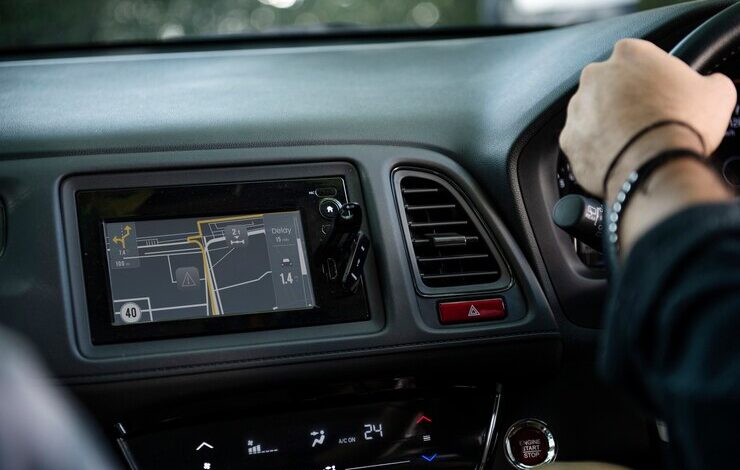https://guia-automovil.com/2019/08/01/tata-nano

Introduction to Tata Nano
In March 2009, the Tata Nano made its grand entrance into the automotive world, promising a revolution. Dubbed the “people’s car,” it was designed to offer an affordable yet functional vehicle for the masses. Priced at around $2,000, the Nano became the most economical car globally, symbolizing hope for affordable transportation. It was especially significant in India, where owning a vehicle was becoming an accessible dream for many. This blog post will explore the Tata Nano’s intriguing history, features, successes, challenges, and its lasting impact on the future of affordable automobiles.
Overview of Tata Nano’s Features
The Tata Nano was designed with simplicity and affordability in mind. Its compact size made urban driving and parking much easier. Despite its small dimensions, the Nano could comfortably accommodate four passengers, making it an ideal budget-friendly family car.
The innovative design included a rear-mounted 624cc engine, contributing to its excellent fuel efficiency. This tiny powerhouse allowed the Nano to achieve impressive mileage, which was particularly appealing in a market with rising fuel costs. Although basic in terms of amenities, the Nano offered optional features such as air conditioning and power windows in higher-end models.
Despite its affordability, the Nano faced criticism for sacrificing quality. The base model lacked power steering and ABS brakes, while the lack of airbags in early production raised safety concerns. Nevertheless, the Nano succeeded in its primary goal of providing an economical means of transportation.
Analysis of Tata Nano’s Success and Challenges
The initial launch of the Tata Nano was met with enthusiasm and high expectations. It was poised to capture a significant share of the burgeoning middle-class market in India. For the first few years, the Nano seemed destined to fulfil its revolutionary promise, with production reaching over 200,000 units annually.
However, the Nano’s story took a different turn. Production numbers eventually dwindled, and by the end of its life, only a few units were being manufactured monthly. Several factors contributed to this decline. The most glaring issue was quality; customers reported frequent mechanical problems, a noisy engine, and limited cargo space.
The marketing strategy also proved problematic. While the Nano was marketed as an affordable car, it was still financially out of reach for many families who relied on two-wheelers. Additionally, as the economic status of the target audience improved, the Nano failed to appeal due to its perceived lack of prestige and quality.
Lessons Learned
Tata Nano’s story offers valuable lessons for the automotive industry. One critical insight is the importance of balancing cost with quality. While affordability is crucial, it should not come at the expense of reliability and safety. Automakers must ensure their vehicles meet basic quality standards, even when targeting budget-conscious consumers.
Marketing strategies should also align with consumer aspirations. Positioning the Nano as a “cheap” car inadvertently stigmatized potential buyers, making them hesitant to associate with the brand. Other companies can learn from this by focusing on value and benefits rather than just price.
Innovation in design should cater to consumer needs and preferences. The Nano’s lack of essential features like power steering and safety equipment was a significant oversight. Successful products must evolve with customer demands and market trends.
The Future of Affordable Cars
The Tata Nano may have struggled, but its legacy continues to shape the future of affordable automobiles. It sparked conversations about creating budget-friendly cars that cater to diverse markets. The demand for affordable vehicles remains strong, especially in developing countries where access to personal transportation can significantly improve quality of life.
Future affordable cars may incorporate alternative fuels to enhance cost-efficiency and environmental sustainability. Advancements in electric vehicles (EVs) and hybrid technology could lead to budget-friendly variants, providing more choices for consumers seeking economical transportation solutions.
Automakers are likely to focus on modular design, allowing customers to customize their vehicles according to their budget and preferences. This approach would enable manufacturers to offer basic models with the option to add features as needed, broadening their appeal.
Conclusion
The Tata Nano was a bold attempt to revolutionize the automotive industry by offering the world’s most affordable car. While it faced significant challenges and ultimately discontinued, the lessons learned from its story remain invaluable. It highlighted the need for balance in quality, effective marketing strategies, and innovation tailored to consumer needs.




